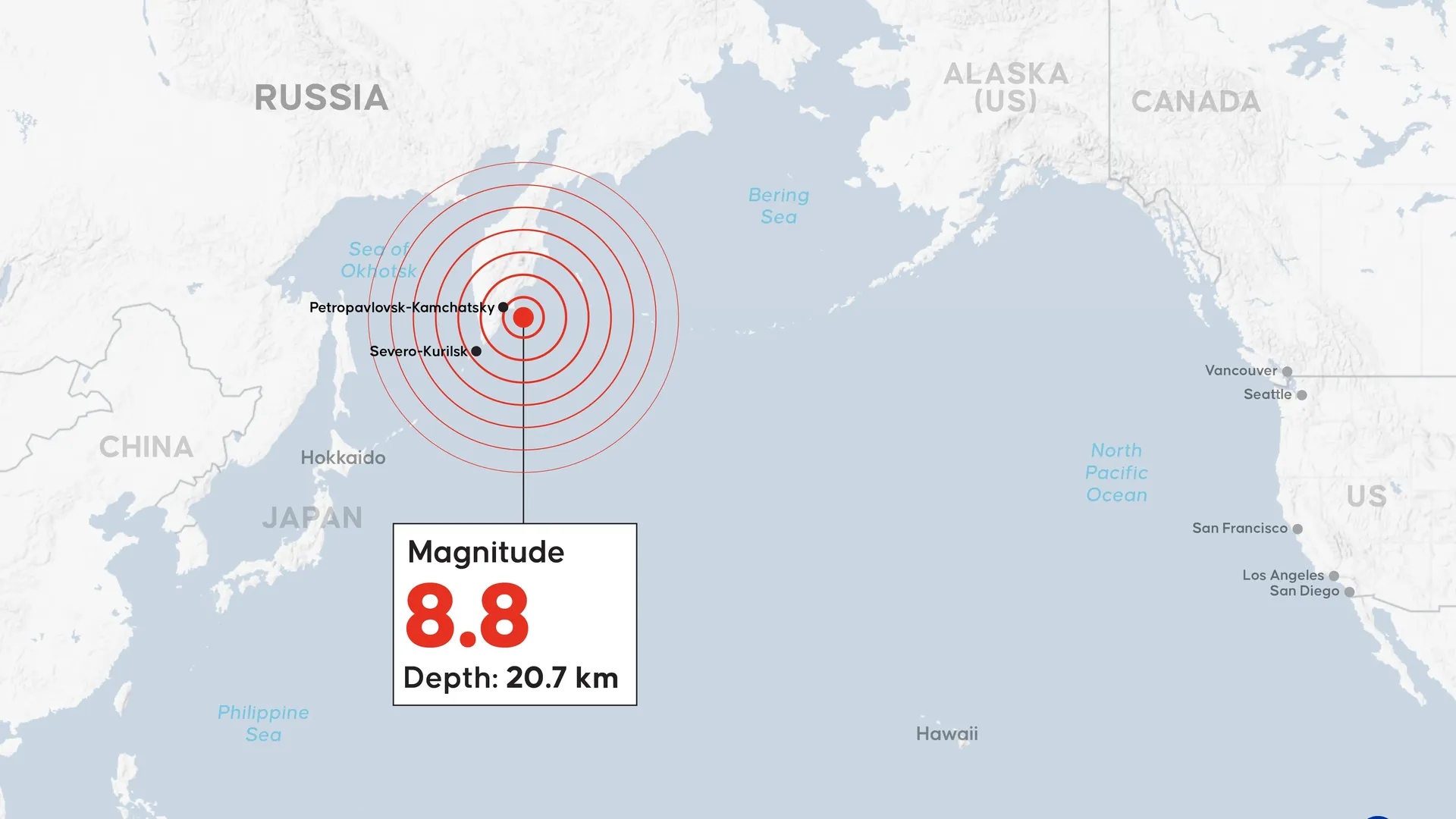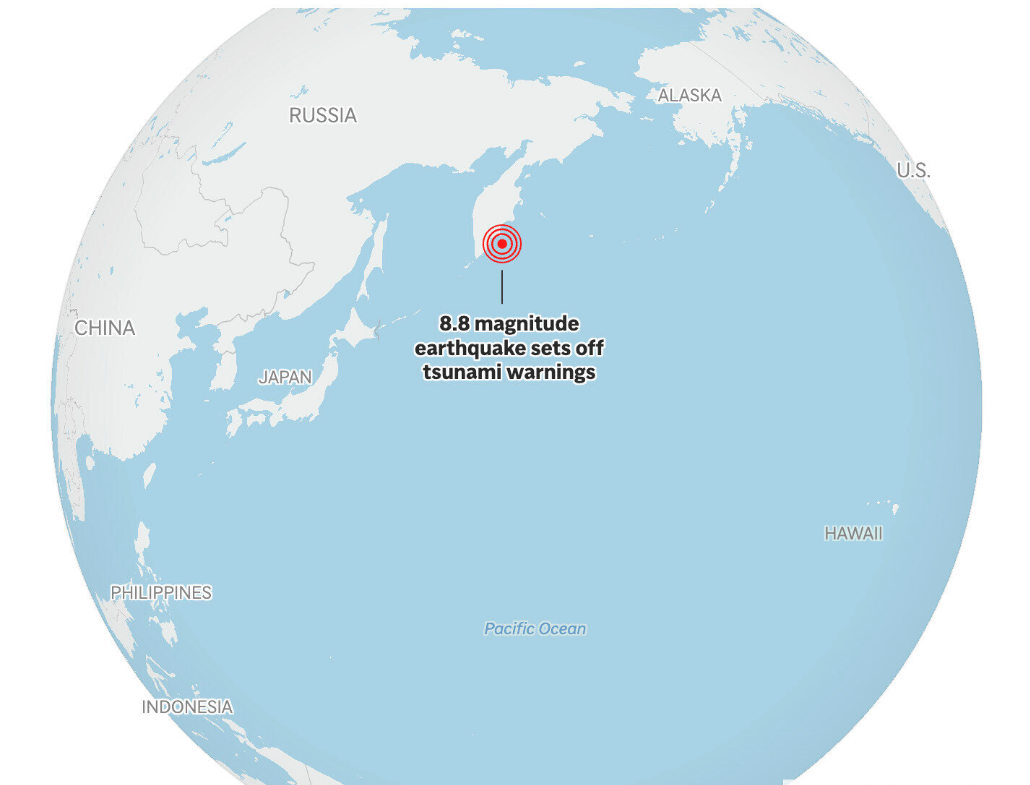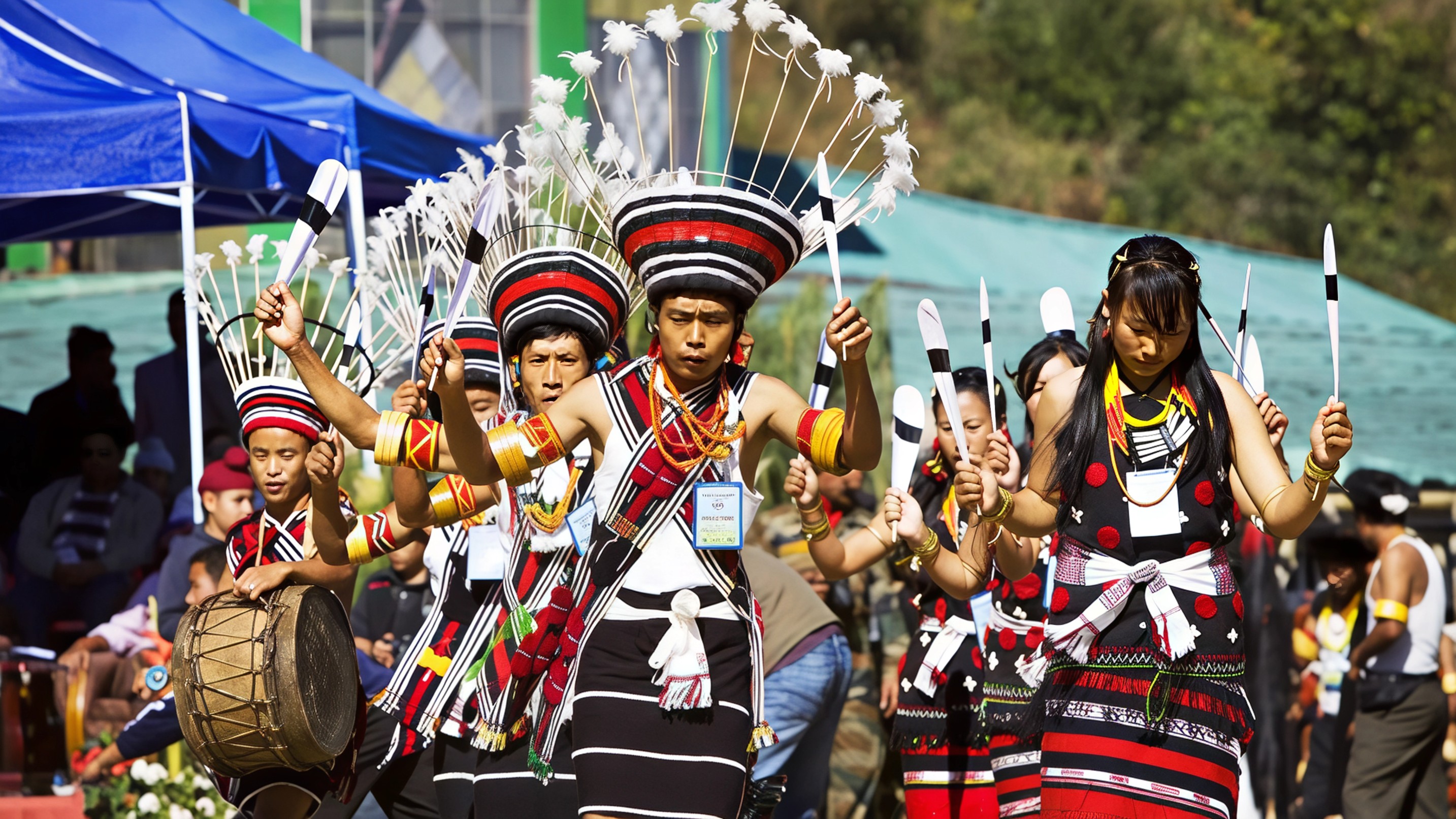A massive 8.8 magnitude earthquake has rocked the Pacific, causing a ripple of fear and emergency warnings across several nations. The quake struck near Russia’s Kamchatka Peninsula early on July 30, and tsunami alerts have since been issued across Japan, the United States, New Zealand, Indonesia and many island nations scattered across the Pacific. With waves measuring up to four metres already recorded in some areas, the situation continues to unfold with urgency.
According to the United States Geological Survey, the epicentre was located 126 kilometres southeast of Petropavlovsk-Kamchatsky, a coastal city in Russia’s Far East. The quake occurred at a shallow depth of just under twenty kilometres, making its impact on the surface particularly intense. In Kamchatka, waves as high as four metres were observed crashing into the coastlines, including remote settlements in the Kuril Islands. While injuries have been reported, officials in affected areas have swiftly moved residents to higher ground.
Japan, one of the most earthquake-prone nations in the world, has been on high alert. The Japan Meteorological Agency issued evacuation warnings across several regions. The first wave to hit Hokkaidō measured around thirty centimetres, but authorities have warned that stronger waves could follow. In a precautionary move, workers at the Fukushima nuclear plant were temporarily evacuated. The plant operator later confirmed that no abnormalities were detected.
Across the Pacific Ocean, the impact of the quake has triggered similar warnings. Tsunami sirens sounded in Honolulu, Hawaii, and alerts were issued for California, Oregon and Washington. While no large waves have reached those shores yet, authorities advised residents to move away from coastal areas and stay tuned to local updates.
In New Zealand, officials have not ordered evacuations but issued national advisories urging people to avoid beaches and marine activity. Strong and unusual currents are expected, especially on the eastern coastlines. Indonesia has also flagged a potential tsunami threat to its North Maluku and Papua provinces. While predicted wave heights are lower, residents near the coast have been advised to remain cautious.
The Mexican Navy has also been put on alert. From Baja California to Chiapas, coastal regions are being monitored closely for any changes in sea levels. Port authorities have issued advisories to suspend maritime activity temporarily and remain on standby.
Kamchatka and the surrounding region lie within the Pacific Ring of Fire, a vast area known for its frequent seismic activity and volcanic eruptions. The same ring encompasses much of Japan, Indonesia, the Philippines, New Zealand and parts of North and South America.

What makes this earthquake especially concerning is its magnitude and shallow depth, both of which increase the likelihood of tsunamis. In similar events, secondary quakes and aftershocks can follow, further destabilising already affected areas. Scientists have confirmed that this was the strongest quake in the region since 1952, and it comes just weeks after a cluster of powerful tremors near Kamchatka earlier this month.
For travellers currently in or heading to the affected regions, awareness is crucial. Airports are operational in most cities, but coastal and low-lying areas have been temporarily closed off. Several airlines have rerouted flights or issued advisories to delay travel plans until local authorities confirm safety.
If you are in a coastal zone or travelling through areas under tsunami watch, stay informed using trusted sources. Avoid beaches and shorelines even if the first waves seem small, as tsunamis often arrive in multiple surges. Listen to local emergency announcements and be prepared for aftershocks. Keeping a travel emergency kit handy, including water, a flashlight, essential documents and power banks, is also highly recommended.
While tsunamis can be unpredictable, communities and governments across the Pacific have grown stronger in disaster preparedness, thanks to advanced warning systems and coordinated response teams. For now, the priority remains safeguarding lives and monitoring the situation as it evolves.
For more timely updates on travel advisories, natural disasters, and global destinations, follow Travel Moves on Instagram and Facebook. Stay safe, stay informed and travel responsibly.









